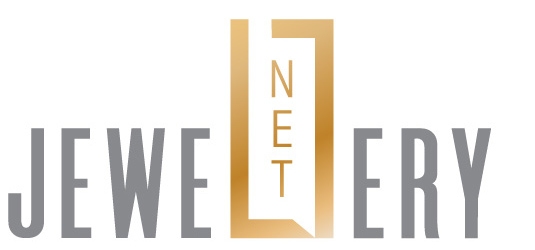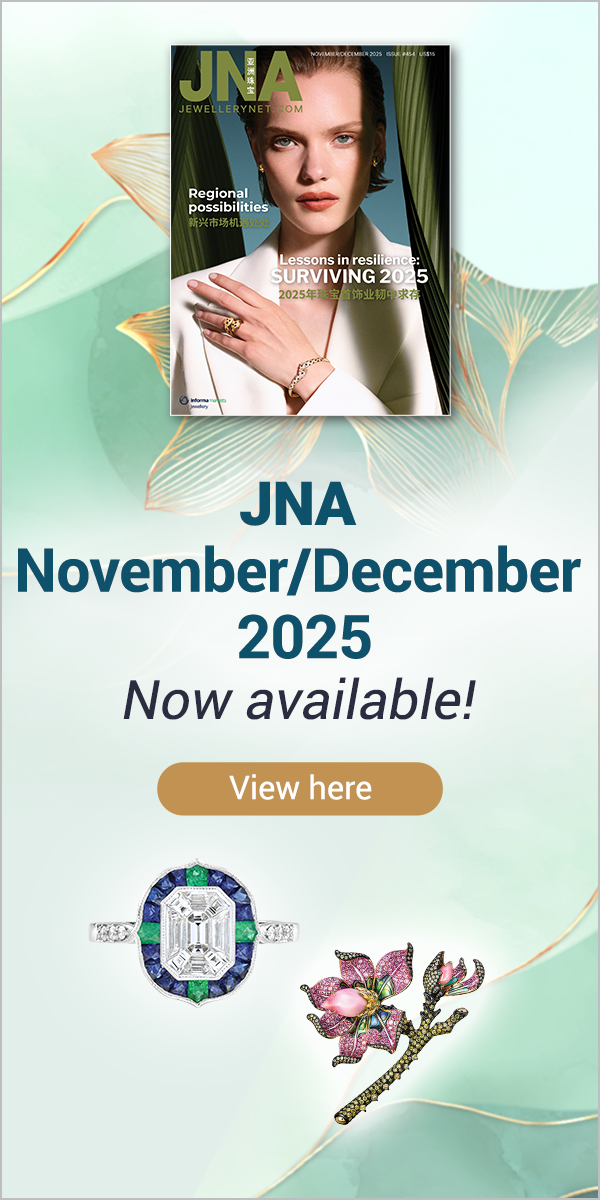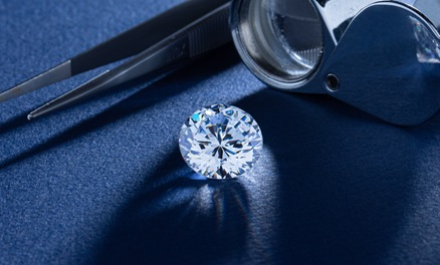Every now and then, the earth reveals fascinating mysteries from deep within – magnificent gemstones and diamonds of breathtaking proportions and charm that leave even industry veterans speechless.
These rare discoveries are beyond merely beautiful curiosities; they are market-moving phenomena that reshape stories and rewrite gemmological history. They are dazzling reminders of the natural treasures still concealed within our planet's depths, waiting to be discovered and crafted into the finest of jewellery pieces.
Coloured gemstone miner Gemfields’ “Imboo” emerald falls under this category. Recently named as the largest high-quality emerald discovered to date at Gemfields’ Kagem mine in Zambia, the gem is massive at 11,685 carats. Its name translates to "buffalo" in the local dialect.
Located in Zambia’s Copperbelt Province, Kagem is believed to be the world’s single largest-producing emerald mine, according to Gemfields. The miner owns 75 per cent of Kagem in partnership with the Zambian government.
“Even under the beam of a strong light that is necessary to illuminate a gemstone of this remarkable size, Imboo reveals an intense, verdant green touched with golden warmth and a clarity that captivates the eye," explained Adrian Banks, Gemfields’ managing director – Product and Sales.
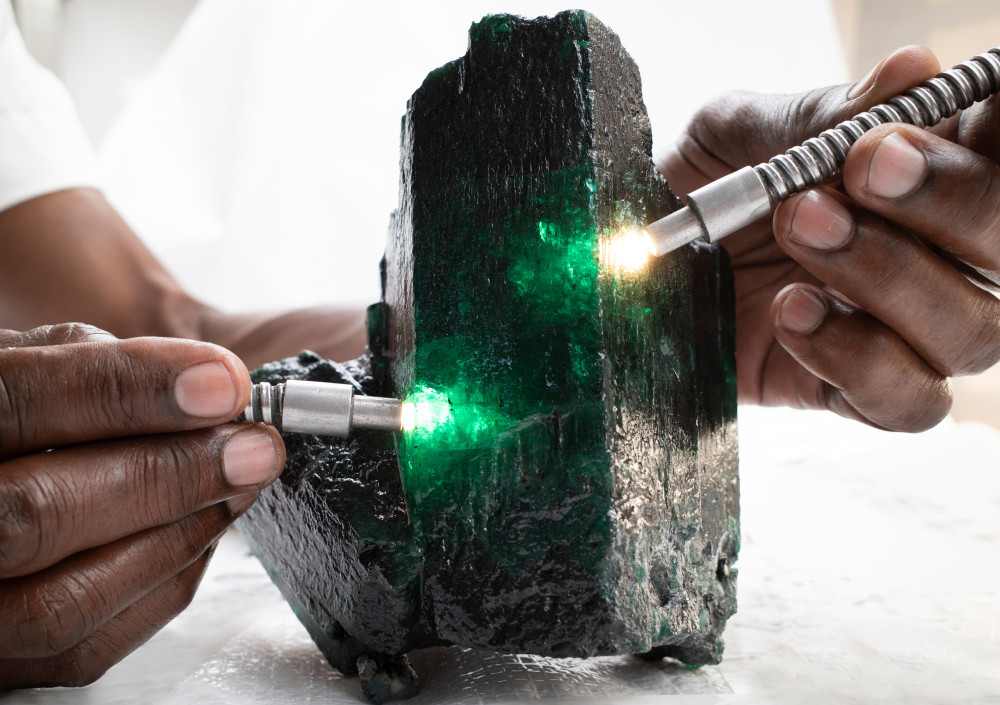
Imboo emerald
"It is easy to imagine Imboo giving rise to several fine-quality cut emeralds of significant size. Such a rare collection could form an entire high jewellery suite from this single gemstone. This remarkable find may tempt its new owner to see it not only as a source of extraordinary gems, but as a unique investment destined to be remembered in the annals of exceptional emeralds," he added.
Kagem has earned a reputation for producing some of the largest high-quality emeralds ever found. Prior to the discovery of Imboo was the 6,225-carat Insofu (elephant) in 2010; the 5,655-carat Inkalamu (lion) in 2018; and the 7,525-carat Chipembele (rhino) in 2021.
Meanwhile, a rough diamond weighing 2,488.32 carats – nearly 1.10 pounds (0.498 kilograms) – analysed recently by the Gemological Institute of America (GIA) is the world’s second largest to date.
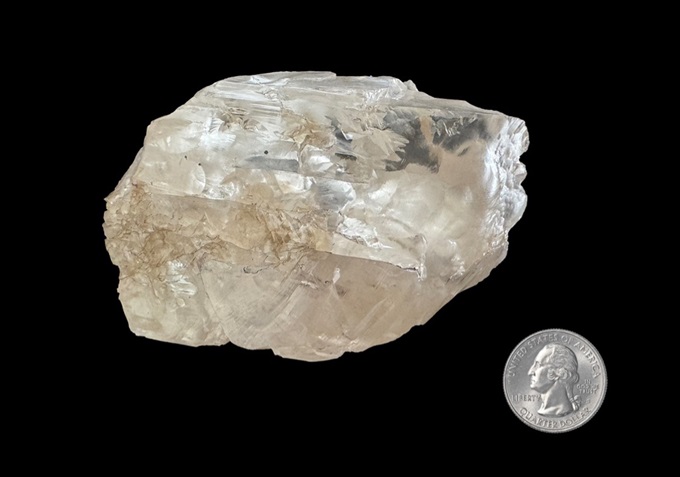
Motswedi diamond
The Type IIA diamond of remarkable size bears exceptional gemmological qualities, noted GIA.
GIA Executive Vice President and Chief Research and Laboratory Officer Tom Moses and Vice President of Research and Development Dr. Wuyi Wang examined the diamond at the institute’s laboratory in Gaborone, Botswana in July 2025.
“This is undoubtedly a diamond of great historical importance,” said Moses. “I have been fortunate to examine many significant, large and very rare diamonds, but I have never seen a gem-quality diamond of nearly this size.”
Recovered in August 2024 by Lucara Diamond Corporation at its Karowe diamond mine in Botswana, this diamond is second in size only to the legendary 3,106-carat Cullinan Diamond found in South Africa 120 years ago.
Weighing 2,492 carats at recovery and known then as “The Lucara Rough,” this latest diamond discovery was named "Motswedi" through a public competition in Botswana. “Motswedi” means water spring or source in Setswana, the national language of Botswana. Since beginning operations in 2012, the Karowe mine has gained international recognition for producing large, high-quality diamonds of remarkable rarity.
“Our examinations confirmed that the Motswedi is a single gem-quality crystal, Type IIA diamond with no detectable nitrogen,” said Wang. “It is the largest known single crystal diamond in existence and undoubtedly formed much deeper within the earth than the majority of diamonds.”
The GIA team examined the immense diamond, along with 1.50 carats of small fragments that had broken off during cleaning and examination by the mining company. That accounts for the difference in weight between the diamond at recovery and when GIA examined it. The examination revealed that the diamond is divided into several large gem-quality “blocks” with minimal inclusions.
Fancy colour diamonds can also be found in impressive sizes. Australian miner Rio Tinto has unearthed from its Diavik mine one of the largest gem-quality yellow diamonds ever discovered in Canada.
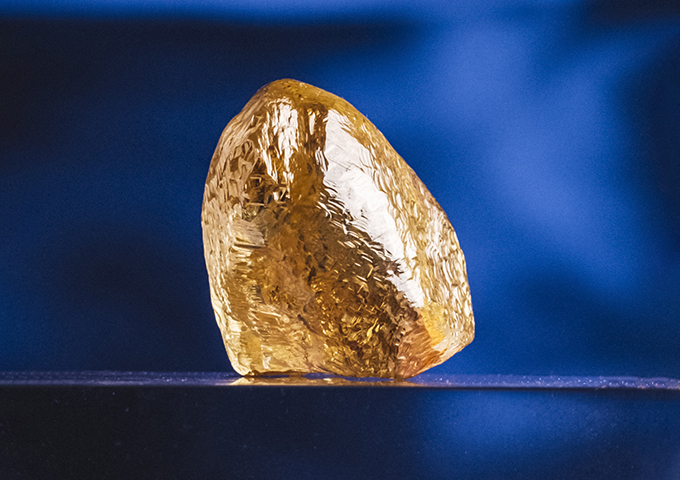
Yellow diamond from Diavik mine
The 158.20-carat rough diamond was mined from Diavik located 200km south of the Arctic Circle in the remote Northwest Territories of Canada.
It is one of only five yellow diamonds weighing more than 100 carats ever uncovered at Diavik in its 22-year history, according to Rio Tinto. Diavik’s production primarily consists of white gem-quality diamonds, with less than one per cent of its production yielding rare yellow diamonds.
Matt Breen, chief operating officer of Diavik Diamond Mine, remarked, “This two-billion-year-old natural Canadian diamond is a miracle of nature and testament to the skill and fortitude of all the men and women who work in Diavik’s challenging sub-Arctic environment.”
The Diavik mine, which opened in 2003, has a solid sustainability agenda, with renewable energy being an important part of its off-grid operations, revealed Rio Tinto. The site has been using a hybrid wind-diesel power facility since 2012 and in 2024, it completed construction of a solar power plant.
Another unforgettable piece is a massive, premium-quality spinel from Bulgari’s Magnifica 2021 high jewellery collection. The Imperial Spinel necklace, which features a 131.21-carat spinel from Tajikistan, is the world’s fourth largest, surrounded by emerald beads and diamonds.
JGW & JNA: 42 Years, 42 Stories is an online series running throughout 2025 to celebrate the 42nd anniversary of Jewellery & Gem WORLD Hong Kong and JNA. A new story of creativity, craftsmanship and innovation will be released every week. Subscribe to free JNA News Alerts to be notified when the next story is out.
